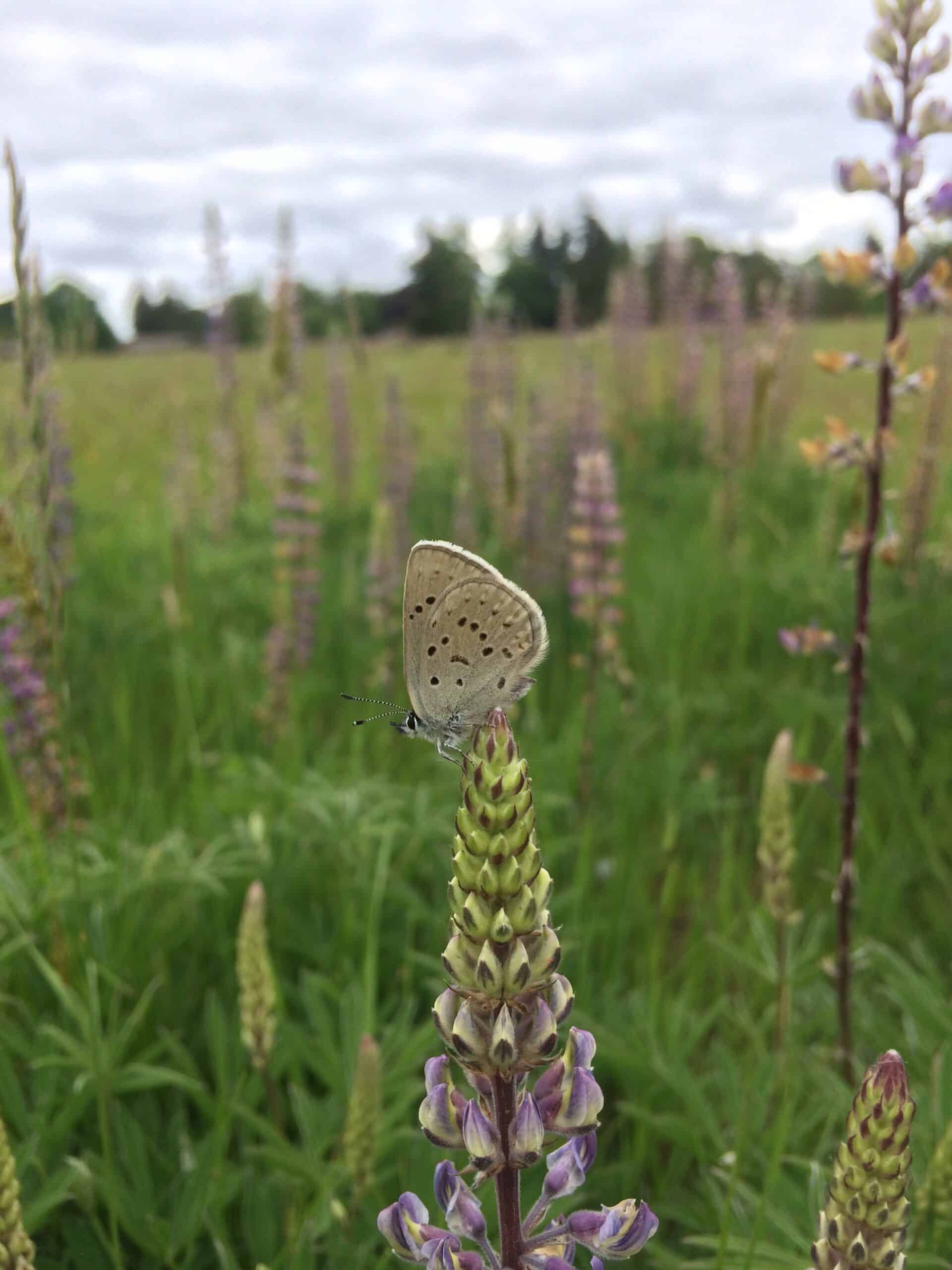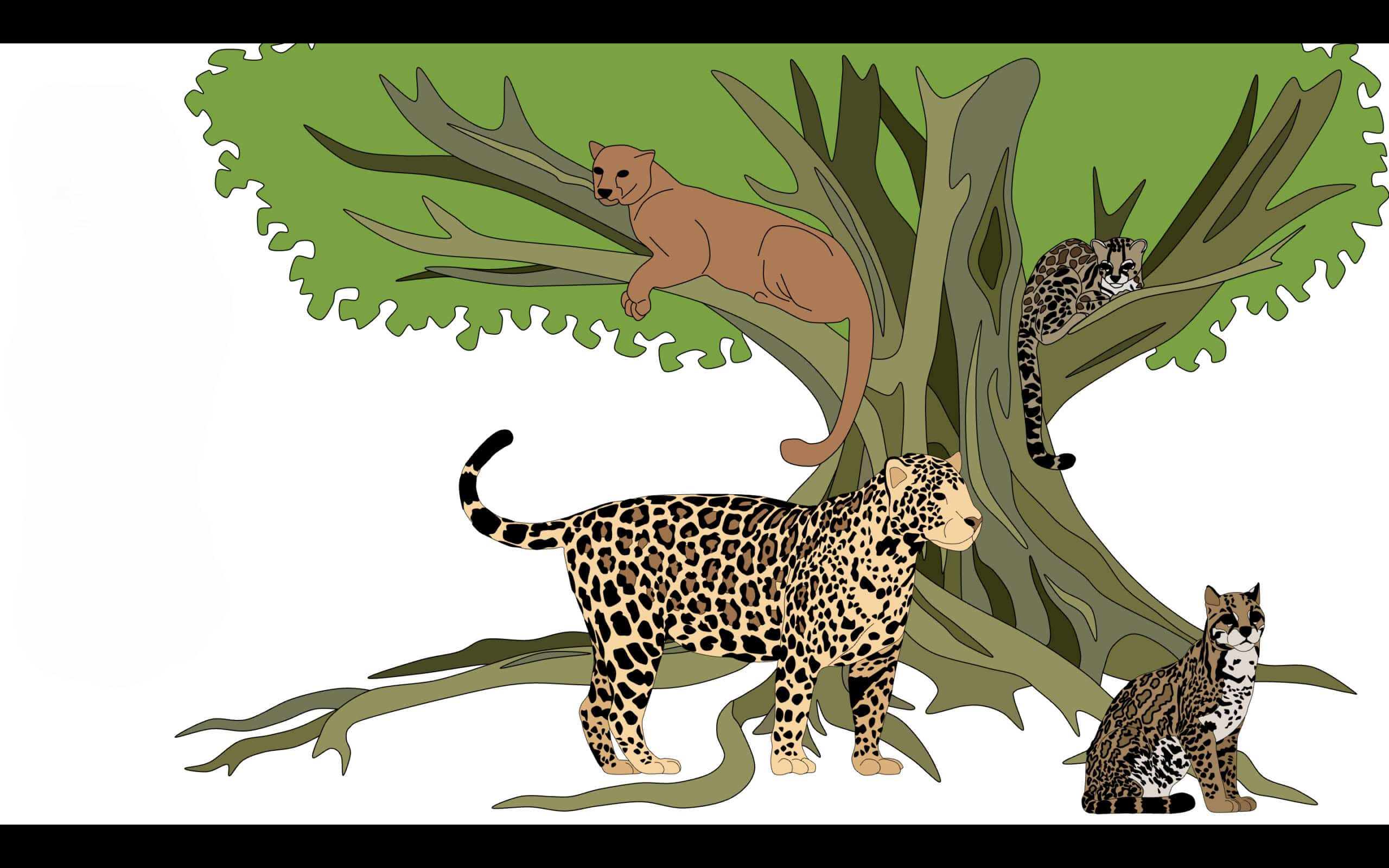Share this article
WSB study: How do you study elusive bobcats? Ask hunters
When it comes to monitoring elusive wildlife, the simple approach is sometimes best. Researchers in New Hampshire have found that hunter surveys are a reliable tool for studying bobcats (Lynx rufus), yielding solid data even when high-tech approaches fail.
“With tens of thousands of hunters out there, that’s many eyes,” said John Litvaitis, emeritus professor at the University of New Hampshire and one of the authors of the recent study in The Wildlife Society Bulletin. “Even though the animal is hard to encounter, with that many people out there, there will always be a small fraction that do see a bobcat.”
Bobcats are uncommon in New Hampshire, and for years Litvaitis has been looking for reliable ways to count them. For example, he tried a variant of the classic mark-and-recapture study, selecting a site that he knew contained bobcats because he had radio-collared 12 of them. The plan was to collect scats on multiple occasions, then determine what fraction were left by the same individuals. But in 15 technician-days of searching, the researchers only found ten scats, nine of which turned out to be from coyotes.
“We knew we had at least 12 bobcats in an area that we surveyed, and we came up with one bobcat scat. So that’s kind of discouraging,” said Litvaitis.
The researchers also created a website where members of the public could report bobcat sightings, but those data were hard to interpret because there was no measure of search effort. The researchers couldn’t tell whether areas with no sightings really had no bobcats, or whether humans simply weren’t there to see them. In addition, the researchers tried recruiting citizen scientists to set up trail cameras, but they never got enough bobcat pictures for a conclusive analysis.
For the new study, the researchers examined surveys mailed to hunters by the New Hampshire Fish and Game Department. The surveys asked hunters when and where they went hunting, and how many deer (Odocoileus virginianus), moose (Alces alces), bears (Ursus americanus) and bobcats they saw. While hunters only saw bobcats on one out of every 132 outings, they reported on more than 89,000 outings between 2009 and 2013, providing a wealth of data on the elusive cats. According to the surveys, bobcats are concentrated in the southern part of the state, and their populations are steadily growing.
The data don’t indicate why bobcats are multiplying in New Hampshire, but Litvaitis has a few ideas. The bobcats he studied in previous decades mostly ate rabbits and hares, both of which are scarce in New Hampshire. But over the last 10 to 15 years, an increasing number of bobcats have been seen hunting turkeys or hanging out near birdfeeders to catch squirrels.
“I think they finally figured out they could live on something other than rabbits,” said Litvaitis.
The trends that the hunter surveys revealed are similar to those found in road kill records, as well as in a habitat suitability model that the researchers created by combining their other data. The agreement between the different methods suggests that hunter surveys are a reliable way to track the rise and fall of bobcat populations. The surveys should be combined with other metrics, and they only reveal general population trends, not the actual number of bobcats on the landscape, Litvaitis cautions. Still, they offer a rich source of information at relatively low cost.
“It doesn’t take the molecular tools that some have used with success to monitor populations,” Litvaitis said. “All it takes is enlisting those folks that are already out in the woods to simply record what they see.”
Header Image: A bobcat creeps across a snowy backyard in Sutton, N.H. This photo is one of many submitted by the public while the researchers were collecting bobcat sightings. ©Robin Gray








